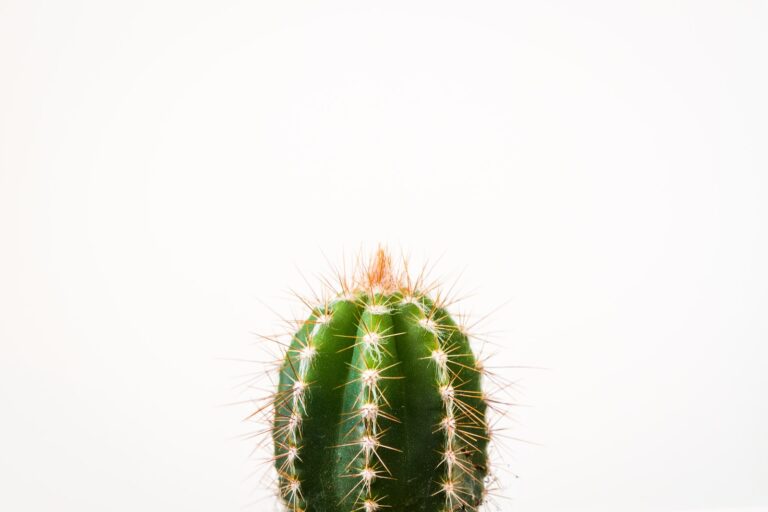Fortunately, the majority of penile pimples are related to mild conditions like pearly penile papules or Fordyce spots. However, some could be a symptom of serious conditions such as Syphilis or genital warts.
If you have any unexplained bumps on the penis, consult your doctor. These bumps may be a sign of a sexually transmitted infection (STI) such as molluscum contagiosum or human papillomavirus.
1. Keep the area clean
When you shower, make sure you wash the head and shaft of your penis well with a mild, unscented body soap. Avoid soaps that contain perfumes, as these can irritate your skin and can make bacteria more active. After washing, shave the area with a razor designed for genital use to minimize irritation and keep your skin as clean as possible.
Whiteheads on the penis are caused by clogged pores filled with sweat, oil, and dead skin cells. The tips of these pimples are usually black (blackheads) or white (whiteheads). Yeast infections that lead to a build-up of yeast may cause bumps on the head of your penis. These can be treated with antifungal ointments and creams.
Certain bacterial sexually transmitted diseases can also lead to bumps on the head or shaft of your penis. These include gonorrhea, which causes a painful and contagious infection that often begins as blisters on or around the head of the penis; and herpes simplex, a viral STD that typically develops into open sores or skin ulcers before it clears up.
2. Avoid harsh cleansers
While it is normal to have pimples in the groin, the skin is often sensitive and can be irritated by harsh cleansers. It is recommended that you use a mild soap and warm water to wash the area. This is better than using salt water, which can be harsh and dry the genital area.
While most groin pimples are caused by acne, some may indicate other conditions that need treatment. For instance, if the bumps are painful or bleeding, they might be signs of a sexually transmitted disease (STD) like herpes or genital warts. They may also be signs of a viral infection like molluscum contagiosum, which causes small, shiny bumps that look like wax cysts.
Other conditions that can cause groin pimples include eating foods with a high glycemic index, which can cause your blood sugar to increase and stimulate the growth of yeast. Excess sweating, tight-fitting clothing and rubbed-against bedding can also trigger these red bumps. To prevent them, you should change clothes and bedding frequently and avoid activities that cause sweating.
3. Avoid scrubbing
The skin of the genitals is extremely sensitive and should be cleaned with a clean cloth or towel, warm water, and mild soap safe for use on the penis. Avoid scrubbing, which can be painful and damaging to the sensitive area. Scrubbing also removes healthy bacteria and other good substances from the genitals that help prevent infections.
A small number of spherical, fleshy-white bumps may be present on the head of the penis. These are called pearly penile papules and are usually harmless. They are caused by clogged pores that combine the skin’s natural oils with sweat, dead cells, and other debris. They can also be a symptom of an underlying health condition, such as sebaceous cysts or hair folliculitis.
Although bumps on the penis are usually not a cause for concern, some symptoms of sexually transmitted diseases (STDs) resemble pimples and can be mistaken for them until they become worse. That’s why it’s important to get tested for STDs, even if the bumps go away on their own, to reduce your risk of spreading an infection.
4. Apply a good moisturizer
Various types of blemishes can appear on the penis, including pimples (which occur when oil and bacteria remain trapped in skin pores) and ingrown hairs. Fordyce spots are small, yellowish bumps that form when a hair curves back into its follicle while growing.
Pearly penile papules are red, itchy bumps that show up on the head of the penis, often in uncircumcised men during late puberty. These bumps may be a result of psoriasis or lichen sclerosus, both of which cause tight, itchy patches of white, shiny skin on the body.
Generally, red bumps on the penis are not an indication of a sexually transmitted disease (STI), though genital herpes can lead to painful ulcers and syphilis can cause painless red sores called chancres. But if the bumps are painful or accompanied by other symptoms, such as fever, weight loss or rash, see a doctor right away for a diagnosis. STIs can cause additional problems, such as genital warts and Bowenoid papulosis, if left untreated. A doctor can recommend a treatment plan. Use a fragrance free, non-harshing lotion, such as coconut oil, which is an effective lubricant and can reduce dryness on the head of the penis.
5. Apply a topical antibiotic
Bumps on the penis can be very alarming, and they can trigger a lot of anxiety in people. This is because the genital area of the body tends to be very sensitive. This can make us immediately jump to the conclusion that a person might have an STI (Sexual Transmitted Infection) or STD (Sexually Transmitted Disease).
However, red bumps on the crotch are not always caused by STIs and can be caused by other conditions as well. For example, if you have a yeast infection, then you will develop red and swollen spots on the head of the penis and the foreskin. Topical antifungal ointments can help clear up this condition.
Another common cause of red and swollen spots on the penis is a herpes outbreak. This can happen when you are using an unprotected lubricant, and it can also be triggered by stress or an injury to the anus. There are several treatment options for herpes, including antiviral medications and anti-inflammatory creams. If the symptoms persist, then a doctor may need to perform a procedure such as curing or cryosurgery.
See Also:



